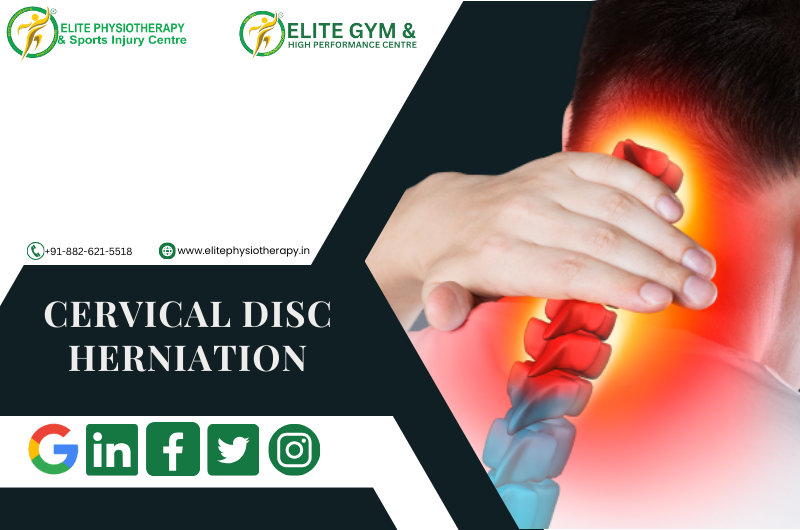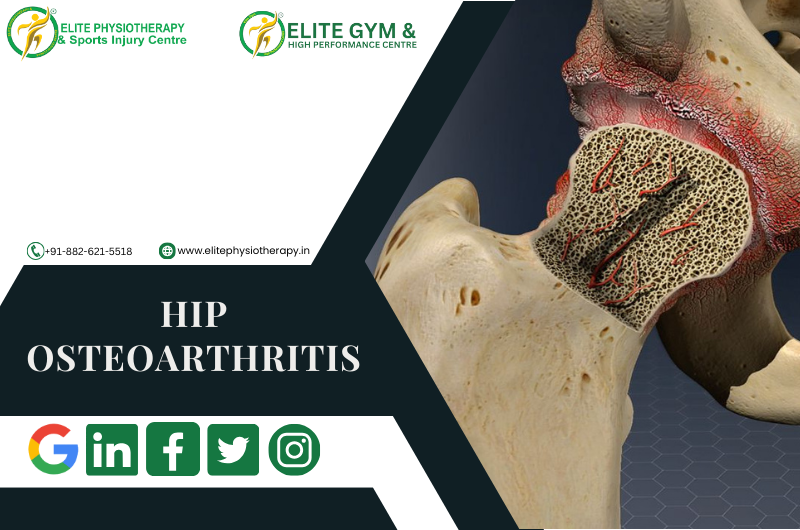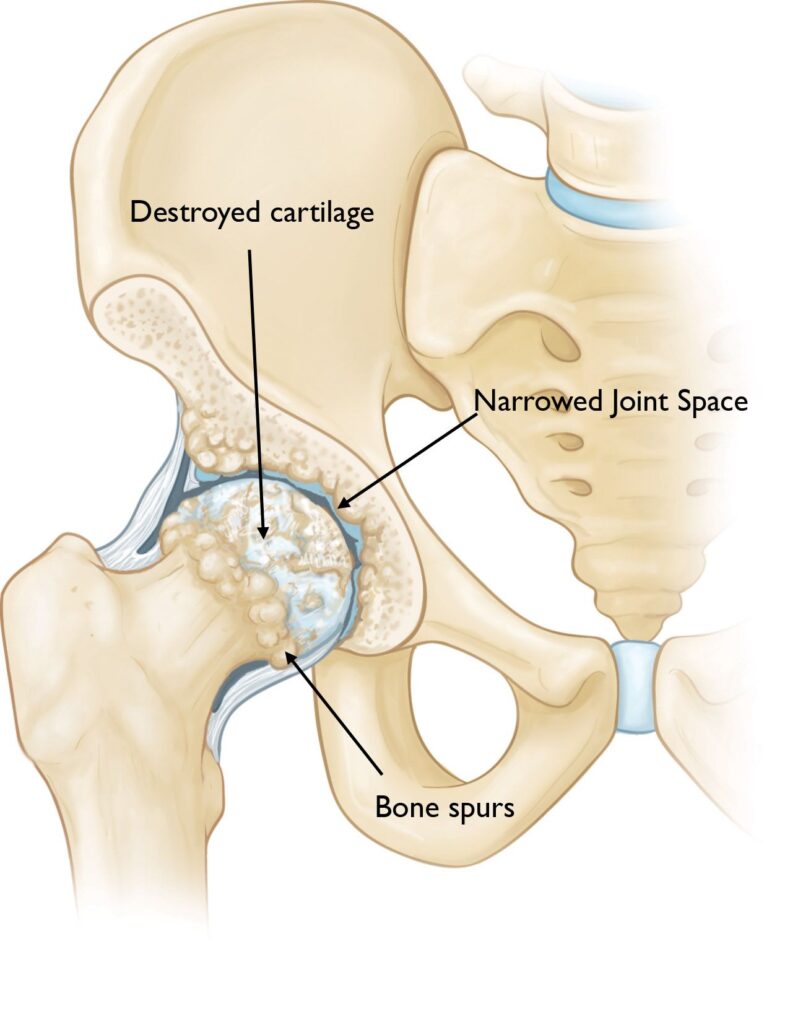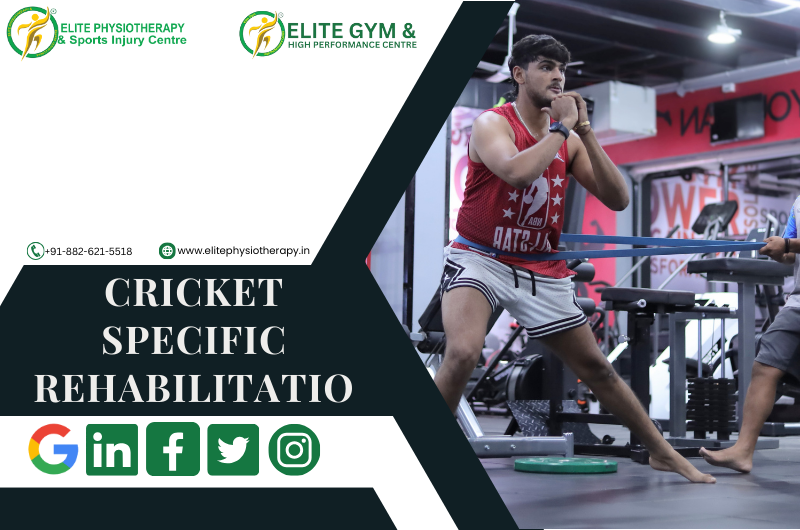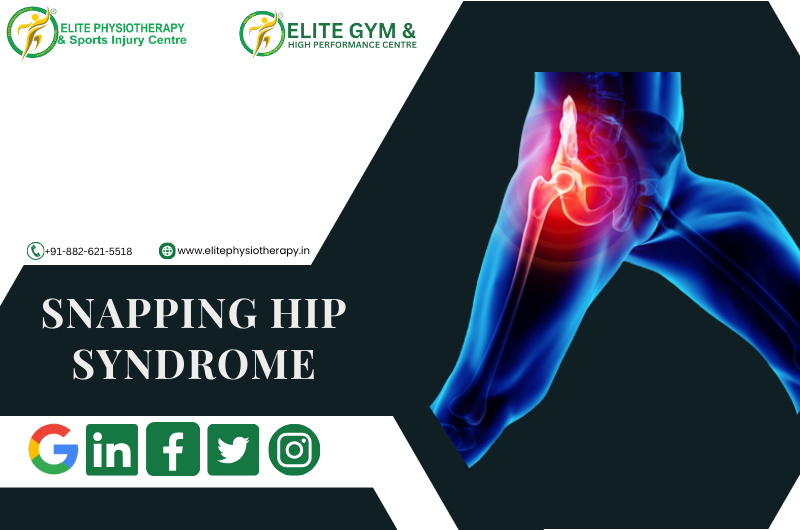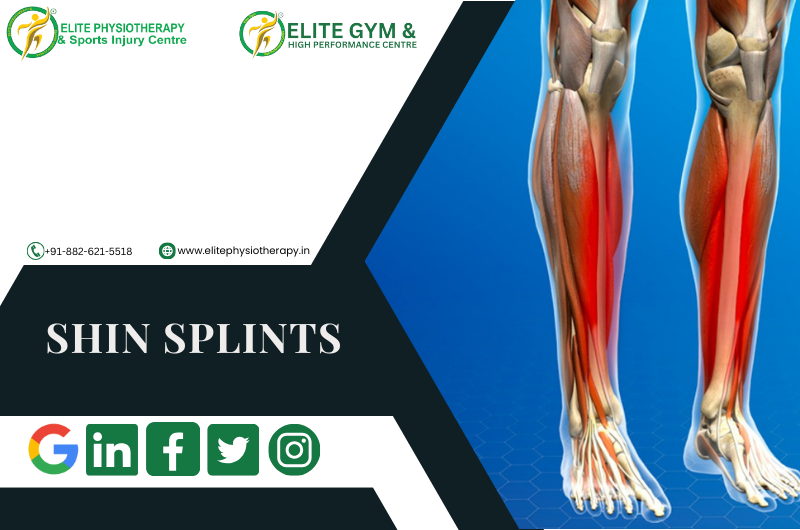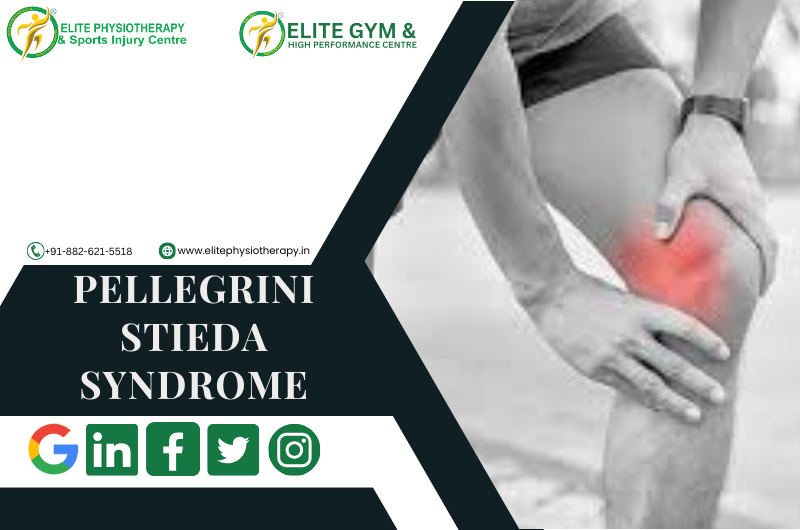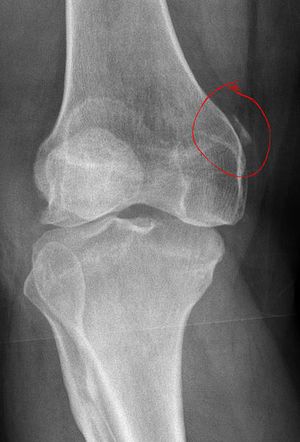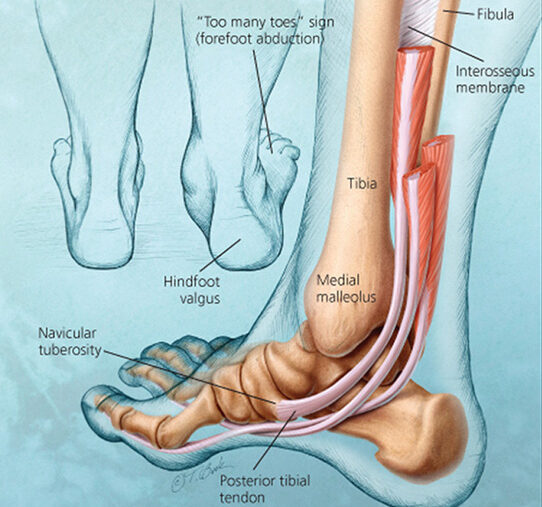Introduction
A Lisfranc injury affects the midfoot, involving the tarsometatarsal joints and associated ligaments. A prompt and precise diagnosis is essential for successful treatment and the best possible outcome. Each patient receives individualized care at Elite Physiotherapy and Sports Injury Centre, where we specialize in cutting-edge physiotherapy therapies designed to address Lisfranc issues.
Causes and Mechanism of Injury
Lisfranc injuries can result from both direct and indirect trauma:
- Direct Trauma: A force exerted to the top of the foot, as in car accidents, crush injuries, or falls from a height, is frequently the cause of direct trauma.
- Indirect Trauma: Twisting on a plantarly flexed foot or axial loading through the foot are common causes of indirect trauma, which is commonly observed in sports like football or horseback riding.
Signs and Symptoms
Patients with a Lisfranc injury may exhibit:
- Pain and swelling in the Midfoot.
- Bruising on the bottom of the foot.
- Pain when bearing weight, particularly when going downstairs.
- Tenderness when the midfoot region is touched.
- Difficulty or inability to bear weight on the affected foot.
Diagnostic Methods
Accurate diagnosis involves a combination of clinical assessment and imaging studies:
- Clinical Examination: Key assessments include:
- keeping an eye out for bruises and swelling, especially on the bottom of the foot.
- Palpating the midfoot to identify areas of tenderness.
- Performing specific tests, such as:
- Piano-Key Test: Moving the metatarsals up and down to detect pain or instability.
- Midfoot Compression Test: Squeezing the foot’s width to stress the space between the first and second metatarsals, noting any pain or clicking sounds.
- Passive Pronation-Abduction Test: Rotating the forefoot outward while stabilizing the hindfoot to assess for pain, indicating potential injury.
- Imaging Studies:
- X-Rays: Weight-bearing X-rays are essential to reveal joint misalignments or fractures.
- CT Scans: Useful for detecting subtle fractures and planning surgical interventions.
- MRI: Effective in evaluating ligament injuries and assessing soft tissue damage.
Physiotherapy Management at Elite Physiotherapy and Sports Injury Centre
At Elite Physiotherapy and Sports Injury Centre, we offer a comprehensive physiotherapy program for Lisfranc injuries, focusing on:
- Edema Reduction: Utilizing techniques like cryotherapy to minimize swelling and promote healing.
- Strengthening Exercises: Addressing muscle weakness resulting from immobilization through targeted exercises.
- Toe Flexor and Extensor Strengthening
- Ankle and Foot Isometric Strengthening
- Resistance Band Exercises
- Heel and Arch Strengthening
- Balance and Proprioception Training
- Functional and Sport-Specific Strengthening
- Flexibility Training: Improving range of motion in the foot and ankle to restore standard movement patterns.
- Toe and Forefoot Flexibility Exercises
- Ankle and Midfoot Mobilization Stretches
- Calf and Achilles Flexibility Exercises
- Plantar Fascia and Foot Arch Flexibility
- Functional Dynamic Stretching
- Gait Training: Assisting patients in regaining proper walking patterns to prevent compensatory injuries.
- Custom Orthotics: Providing personalized foot orthoses to support the midfoot and enhance stability during recovery.
- Advanced Modalities Offered
To enhance recovery, we incorporate state-of-the-art modalities, including:- Shock Wave Therapy: Stimulates healing in damaged tissues and reduces pain.
- High-Intensity Class IV Laser Therapy: Penetrates deep tissues to alleviate pain and inflammation.
- Hydrotherapy: Utilizes water’s buoyancy to facilitate gentle movement and reduce weight-bearing stress.
- Cryotherapy: Cold treatments are applied to decrease inflammation and numb acute pain.
These advanced treatments are integrated into personalized rehabilitation plans to optimize healing and restore function effectively.
Conclusion
Effective management of a Lisfranc injury requires a thorough understanding of its causes, accurate diagnosis, and a tailored physiotherapy approach. At Elite Physiotherapy and Sports Injury Centre, our dedicated team employs advanced diagnostic techniques and innovative treatment modalities to ensure the best possible outcomes for our patients. If you suspect a Lisfranc injury, seek professional assessment promptly to initiate appropriate care and facilitate a successful recovery.


